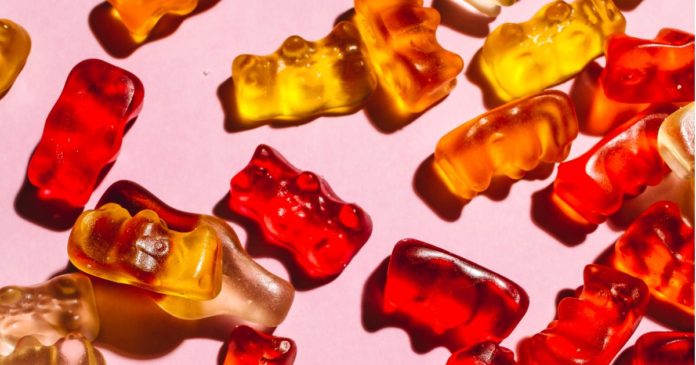There’s been a disturbing spike in the number of children ingesting cannabis edibles in the USA.
A retrospective analysis of the nation’s National Poison Data System data for exposure to edible cannabis products in children under six years has revealed the number of incidents skyrocketed from 207 reported cases in 2017 to 3054 cases in 2021.
The increase isn’t surprising given the rapid clip of medical and adult-use legalisation in many states. Particularly the latter has led to a flood of edible products available; all vying to catch the eye of consumers. But it’s not just adults attracted.
Of all 7043 exposures reported during 2017–2021, 22.7% of patients were admitted to hospital. 573 patients (8.1%) were admitted to critical care units and 1027 (14.6%) to non-critical care. Frequency of critical care admissions barely changed over the 5-year period – 8.7% of all reported cases in 2017 and 9.0% in 2021.
Among all cases, two-year-old patients featured most heavily at 27.7%, followed by 3-year-old patients at 24.6%. As for the severity of exposures, 155 major effect cases were noted (2.2%) and 1539 moderate effect cases (21.9%) from all 7043 cases.
There’s yet to be an officially confirmed death from children ingesting cannabis edibles, however a fatality last year was initially linked to THC gummies. But even moderate or minor effects are cause for alarm and the stress on children and parents aside, there’s the unnecessary added stress on an already overburdened health system.
Children simply shouldn’t be accessing cannabis edibles, unless they are prescribed them and are appropriately supervised. While responsibility for these unintended exposure incidents largely lays at the feet of parents and carers, manufacturers don’t get off scot-free by any means. The researchers note:
“Products continue to be offered in brightly colored, enticing packaging that is identical in style to how candy and snack products are marketed. Not only should cannabis products be placed in child-resistant packaging, but they should be in opaque packages with simple labels.”
Furthermore, the study’s authors recommend clear warning labels on products and the national poison center phone number included on them.
The full study report has been published in the journal Pediatrics and can viewed here.


